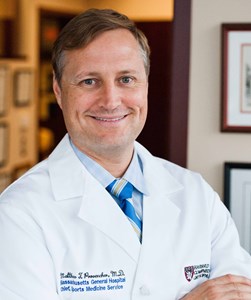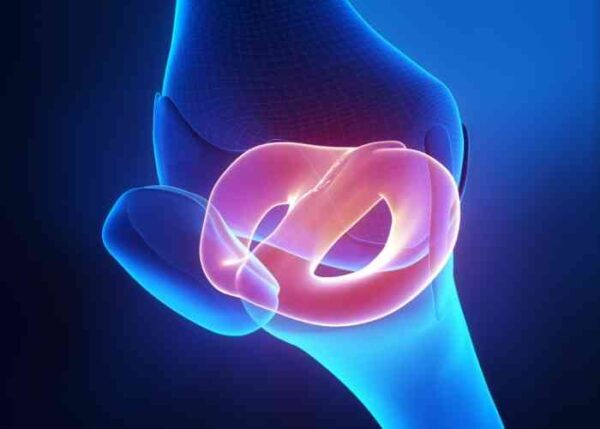Revision Meniscus Repair Surgeon

Have you had a meniscus repair and are now experiencing knee pain, swelling and loss of function? If so, you may have re-torn your meniscus. A re-torn meniscus can occur from a fall, traumatic event or degeneration. Revision meniscus repair surgeon, Dr. Matthew Provencher provides diagnosis and both surgical and nonsurgical treatment options for patients in Vail who have re-torn their meniscus. Contact Dr. Provencher’s team today!
Why does a Meniscus Repair Fail?
The meniscus is located between the femur (thighbone) and the tibia (shinbone), helping to stabilize the knee joint and to evenly distribute forces within the knee. A meniscus tear can occur during movements that forcefully rotate the knee while weight bearing, commonly seen in the athletic population. A torn meniscus can cause a patient to experience ongoing pain and knee instability. Many cases of a meniscus injury require surgical treatment to repair the cartilage and return stability and function to the knee joint. If a patient underwent a surgical meniscus repair and still experiences pain and swelling, or if a patient re-tears the cartilage, a revision meniscus repair may be necessary. Dr. Matthew Provencher, Vail, Aspen, Colorado Springs and Denver, Colorado area orthopedic knee surgeon, specializes in meniscus knee revision surgery in patients requiring a second surgical procedure.
Each knee joint has two menisci, the lateral meniscus located on the outside of the knee, and the medial meniscus located on the inside of the joint. Both of these structures can become injured during a sudden twisting movement or from repetitive bending. A meniscus tear may cause prolonged knee pain and instability, requiring many patients to undergo a meniscus repair. A meniscus surgery can fail for a number of reasons, including infection, a re-tear of the meniscus, a failed original repair or from a patient not following proper rehabilitation guidelines after the initial surgery.
When to Have Meniscus Revision Surgery?
The overall goal of a revision meniscus repair is to treat the re-tear in order to alleviate knee pain, swelling, and loss of function. Dr. Provencher will perform a thorough medical review and physical examination to determine if a patient is an ideal candidate for a meniscus knee revision surgery. He will also perform a series of x-rays and a meniscus MRI scan to determine the possible cause of surgery failure.
What is Revision Meniscus Surgery?
Once Dr. Provencher determines the exact cause of failure, a revision meniscus surgery will be performed in ideal candidates. A meniscus knee revision surgery is similar to the initial repair. Dr. Provencher typically performs an arthroscopic approach with tiny incisions to sew the torn meniscus back together. Tears in the outer (peripheral) one third of the meniscus or larger tears that can be surgically repaired are treated with an arthroscopic and open surgery technique. This combination procedure requires Dr. Provencher to create a small incision on either side of the knee to complete the fixation after the damaged area is repaired using an arthroscopic procedure. Strong sutures are placed through the tear to bring the tissue back together and then tied to secure the meniscus.
A partial meniscectomy may be recommended in certain patients who have smaller re-tears, tears where the blood supply is poor, or severely shredded meniscal re-tears. During this technique, Dr. Provencher will remove only the damaged tissue, while preserving as much healthy tissue as possible. It is important to note that Dr. Provencher will preserve as much meniscus as possible to help guarantee a patient does not experience an additional re-tear.

What is the Recovery Following Revision Meniscus Repair?
Patients will be encouraged to utilize crutches and a knee brace for a predetermined amount of time following revision meniscus repair. Patients will also be encouraged to keep the repaired knee and leg elevated for the first few days to a week to help accelerate the healing process. Dr. Provencher will prescribe a detailed physical therapy program that will begin shortly after knee revision surgery. It is strongly suggested that patients work with the in-house physical therapists at Howard Head Sports Medicine to optimize their rehabilitation. The physical therapy program is aimed at restoring stability, mobility, and overall function to the repaired joint.
For additional information on revision meniscus repair, or to determine if you are an ideal candidate for knee revision surgery, please contact the orthopedic office of knee surgeon Dr. Matthew Provencher, serving patients in the communities of Vail, Aspen, Colorado Springs and Denver, Colorado.
.